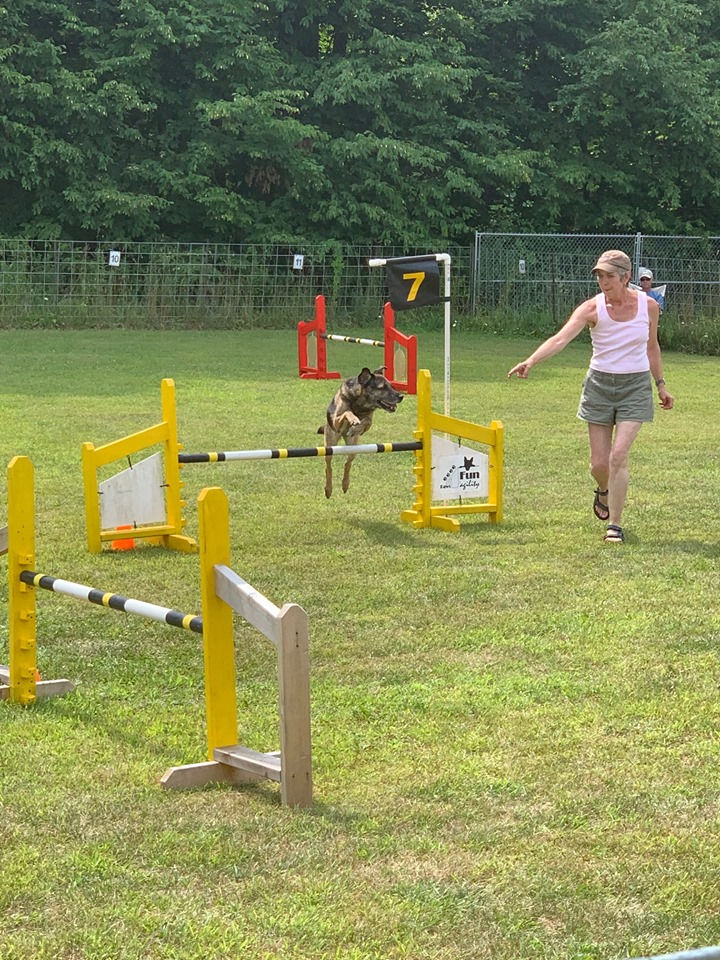Be trustworthy. Be consistent!
- Hotdiggity Dog Training
- Aug 18, 2022
- 2 min read
Updated: Nov 2

I used to call my dog Shiloh’s response to the “sit!” command his passive-aggressive response. That’s because I’d say “sit!” and occasionally he’d go into a sit, and then slooooowwwwlly slide into a down! Rather like he was saying “yeah, I’ll sit … but only on my terms”.
I never let him get away with it. I would put him back up into a sit. Why? It sounds like a small thing -- and after all, he was in a stationary position -- so who cares whether it’s a sit or a down?
I care. Not because I’m nit-picky, but because I needed him to know that I meant what I said, that I was consistent in my intent and my expectations. Consistency is the bedrock of trust.
Think about it.
If you take your dog to weekly obedience classes and work him on a loose leash during class and during your daily training time the following days, but then allow him to drag you from the parking lot to the classroom the next week, how can your dog learn that he’s not supposed to pull on leash?
Having your dog walk calmly on a loose leash is not just more comfortable for the handler, but it makes clear the rules of the relationship and builds the dog’s confidence in himself as well as his owner.
If a dog doesn’t know when he is required to maintain a loose leash and when he is allowed to drag his owner along like the dope at the end of the rope, then the dog will be confused. Who is in charge of this expedition? Him or his owner? What are the rules of walking together? If another dog or person approaches, will the owner step up and advocate for them both or will it be left up to the dog to decide how to respond? How can the dog trust an owner who is unpredictable?
Consistency takes stress out of a dog’s life. If you laugh and encourage your dog for playing with his leash on the weekend but scold him impatiently if he does it on a Monday morning when you’re rushing to go to work, how will he know what you expect on any given day?
If you enjoy having your dog jump up to greet you when you come home from work, but yell at him when he jumps on Aunt Mildred when she visits, how is he supposed to know what is the right way to greet people?
If you’re teaching your dog to come when called but you variously call him with “come”, “here”, “let’s go”, “come here”, “Fido come”, “get here now”, how is he going to learn which is the word for which he should come running?
So make life easier for both of you. Be consistent. Once you decide on what behaviours you expect from your dog, it is up to you to stick with those decisions. Consistency provides clarity. Consistency builds trust.
.png)



Comments